
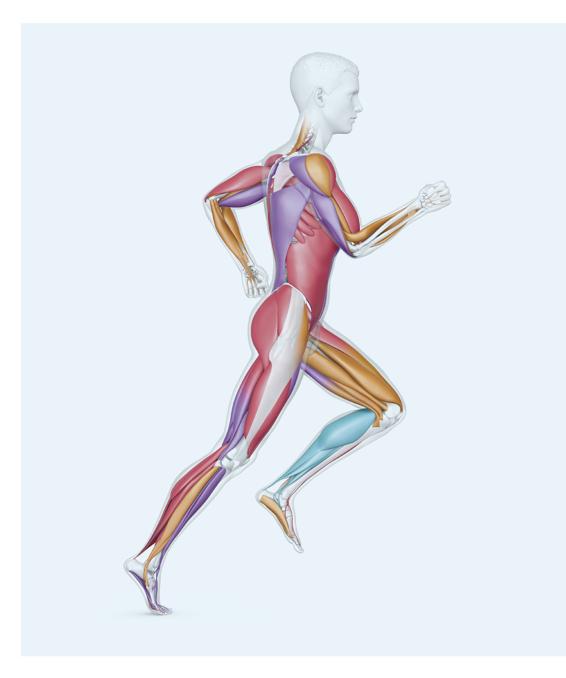 002-003_Title.indd 2 19/09/2019 11:12
002-003_Title.indd 2 19/09/2019 11:12  SCIENCE of ANALYSE YOUR TECHNIQUE, PREVENT INJURY, REVOLUTIONIZE YOUR TRAINING RUNNING Chris Napier, PhD 002-003_Title.indd 3 19/09/2019 11:12
SCIENCE of ANALYSE YOUR TECHNIQUE, PREVENT INJURY, REVOLUTIONIZE YOUR TRAINING RUNNING Chris Napier, PhD 002-003_Title.indd 3 19/09/2019 11:12  Senior Editor Salima Hirani Senior Designer Clare Joyce Project Editor Shashwati Tia Sarkar Project Art Editor Philip Gamble CONTENTS Editor Megan Lea Designer Alison Gardner Editorial Assistant Kiron Gill Producer, Pre-Production David Almond Producer Francesca Sturiale Jacket Designer Amy Cox Jacket Co-ordinator Lucy Philpott Senior Editor Alastair Laing Managing Editor Dawn Henderson Managing Art Editor Marianne Markham Art Director Maxine Pedliham Publishing Director Mary-Clare Jerram Illustrations Arran Lewis First published in Great Britain in 2020 by Dorling Kindersley Limited, 80 Strand, London, WC2R 0RL Imported into the EEA by Dorling Kindersley Verlag GmbH. Arnulfstr. 124, 80636 Munich, Germany Copyright 2020 Dorling Kindersley Limited A Penguin Random House Company 10 9 8 7 6 5 4 3 2 1 001315326Feb/2020 All rights reserved. No part of this publication may be reproduced, stored in or introduced into a retrieval system, or transmitted, in any form, or by any means (electronic, mechanical, photocopying, recording, or otherwise), without the prior written permission of the copyright owner. A CIP catalogue record for this book is available from the British Library. ISBN: 978-0-2413-9451-9 Printed and bound in China.
Senior Editor Salima Hirani Senior Designer Clare Joyce Project Editor Shashwati Tia Sarkar Project Art Editor Philip Gamble CONTENTS Editor Megan Lea Designer Alison Gardner Editorial Assistant Kiron Gill Producer, Pre-Production David Almond Producer Francesca Sturiale Jacket Designer Amy Cox Jacket Co-ordinator Lucy Philpott Senior Editor Alastair Laing Managing Editor Dawn Henderson Managing Art Editor Marianne Markham Art Director Maxine Pedliham Publishing Director Mary-Clare Jerram Illustrations Arran Lewis First published in Great Britain in 2020 by Dorling Kindersley Limited, 80 Strand, London, WC2R 0RL Imported into the EEA by Dorling Kindersley Verlag GmbH. Arnulfstr. 124, 80636 Munich, Germany Copyright 2020 Dorling Kindersley Limited A Penguin Random House Company 10 9 8 7 6 5 4 3 2 1 001315326Feb/2020 All rights reserved. No part of this publication may be reproduced, stored in or introduced into a retrieval system, or transmitted, in any form, or by any means (electronic, mechanical, photocopying, recording, or otherwise), without the prior written permission of the copyright owner. A CIP catalogue record for this book is available from the British Library. ISBN: 978-0-2413-9451-9 Printed and bound in China.
A WORLD OF IDEAS: SEE ALL THERE IS TO KNOWwww.dk.com 004-005_Contents_and_Imprint.indd 4 25/09/2019 19:11  004-005_Contents_and_Imprint.indd 5 25/09/2019 19:11
004-005_Contents_and_Imprint.indd 5 25/09/2019 19:11  FOREWORDRunning is easy. You just put one foot in front of protection against depression, anxiety, and the other and go. So why learn the science behind dementia. Social interaction through running it? When you scratch the surface, you find there groups and involvement in group events such is more to this biomechanical and physiological as Parkrun also improves wellbeing. phenomenon than meets the eye. familiarizing yourself with the science behind running In fact, certain injuries are associated specifically can help you achieve your goals and take more with running, runners knee being one example. pleasure in a sport that millions enjoy worldwide. pleasure in a sport that millions enjoy worldwide.
FOREWORDRunning is easy. You just put one foot in front of protection against depression, anxiety, and the other and go. So why learn the science behind dementia. Social interaction through running it? When you scratch the surface, you find there groups and involvement in group events such is more to this biomechanical and physiological as Parkrun also improves wellbeing. phenomenon than meets the eye. familiarizing yourself with the science behind running In fact, certain injuries are associated specifically can help you achieve your goals and take more with running, runners knee being one example. pleasure in a sport that millions enjoy worldwide. pleasure in a sport that millions enjoy worldwide.
However, there is much you can do to mitigate the risks, and that is where the science comes in. WHY RUN? There are many good reasons to run, in addition USING THE SCIENCE to the sheer pleasure of it. Regular running is As a physiotherapist I have helped thousands of associated with many health benefits that can runners, from novice to elite, continue with the improve your quality of life. Running makes you activity they love. My work is informed by my research stronger and healthier, and as your body becomes into running-related injury, and I have seen time and increasingly robust in response to this dynamic again in my clients how an understanding of why activity, you become less likely to develop disease injury occurs, and how best to recover, can improve or physical disability. their experience of running.
Recreational running can help prevent obesity, But the science of running can help with more hypertension, type 2 diabetes, osteoarthritis, than just injury prevention. If you want to improve respiratory disease, and cancer, and improves sleep as a runner, understanding the physiology and quality. Even in low doses, running is associated with biomechanics involved is a game changer. Small a substantial reduction in risk of death from all causes, adjustments in form can lead to big improvements including cardiovascular disease. if you know what to look out for and how to address The psychological benefits of recreational running it. And even a modest strength-training programme include stress relief, mood boosts, and potentially can reap rewards on the roads, trails, or track, if 006-007_Foreword.indd 6 19/09/2019 11:13 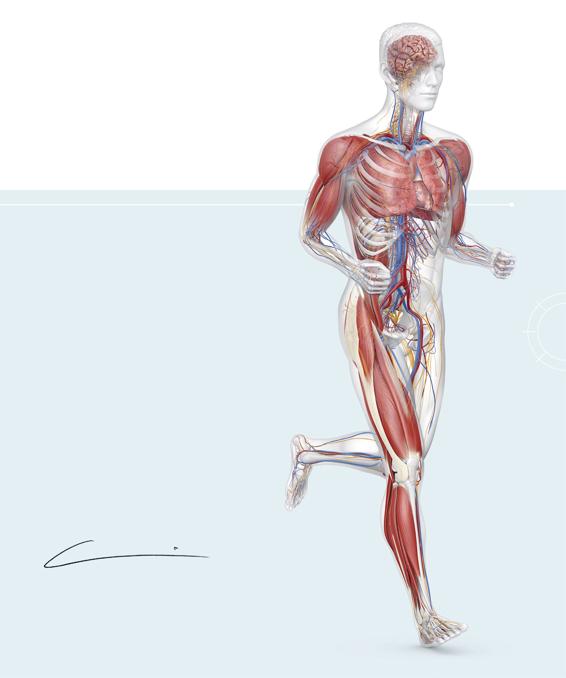 Regular running is associatedwith many health benefits thatFOREWORDimprove quality of life you know which exercises target the key muscle groups used in running.
Regular running is associatedwith many health benefits thatFOREWORDimprove quality of life you know which exercises target the key muscle groups used in running.
Runners are known for having an obsession with numbers, from tracking mileage to recording personal bests, but knowing how to use the data to maximize performance is what makes the difference. Similarly, knowing how your body works allows you to work with it optimally. To be a better runner, you should know which types of training make you faster, which exercises make you stronger, and which race-day strategies help you perform at your best. Jerry Ziak, my co-author on the chapter How to Train, is an experienced coach who has designed thousands of training programmes for athletes of all levels. We hope the knowledge we share enhances your performance and training experience, and helps you enjoy a lifetime of pain-free running. Chris Napier, PT, PhDSport Physiotherapist 2:33 marathon PB 006-007_Foreword.indd 7 19/09/2019 11:13  SCIENCE OF RUNNINGINTRODUCTIONWhen it comes to running, a little knowledge can take you a long way towards enhancing performance and preventing injury.
SCIENCE OF RUNNINGINTRODUCTIONWhen it comes to running, a little knowledge can take you a long way towards enhancing performance and preventing injury.
This book offers the latest research into running biomechanics alongside advice on training techniques that have been proven to work under laboratory conditions, on the track, and out on the trails. ABOUT THIS BOOK No matter what your level of Chapter four, How to Train, ability, motivations, or goals outlines all you need to know to Understanding may be, applying the science of train effectively and safely. Whether running to your training, with this you want to learn how to design a how your book as your guide, will bring you bespoke training plan and adapt significant benefits as a runner. it as you progress, are looking for body responds a race-specific plan to help you Chapter one, Running Anatomy, prepare for a particular event, or to running delves into the physiology of need a walk-run programme that running. It will help you to will take you from zero to 5K safely enables you to understand what happens within and quickly, this chapter provides your body in order to enable you expert guidance to help you optimize speed, to run, as well as what your body meet those personal targets needs to be able to do so optimally. strength, and Chapter two, PreventingInjury, explores how running performance related injuries occur. strength, and Chapter two, PreventingInjury, explores how running performance related injuries occur.
Next page
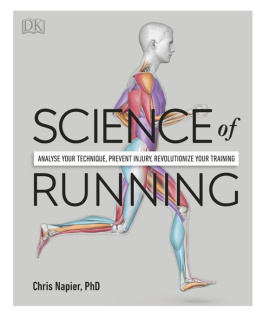

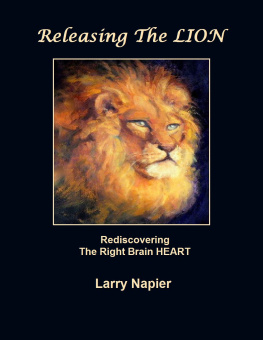
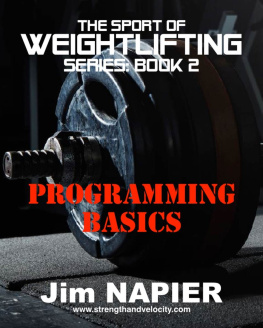

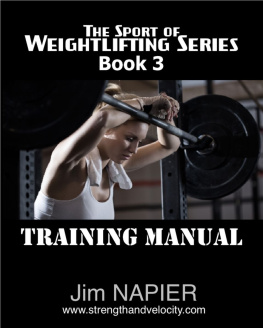
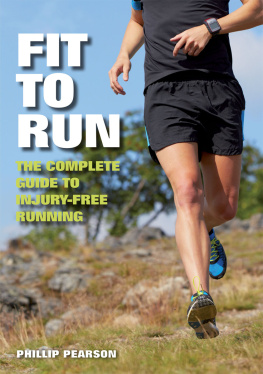
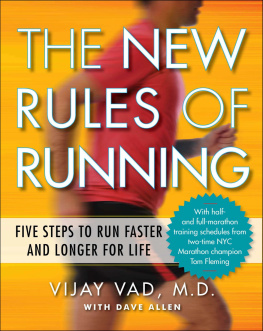
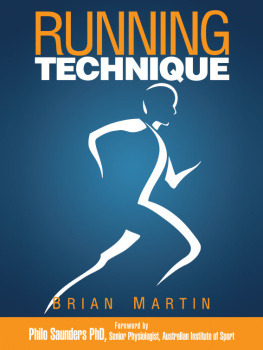

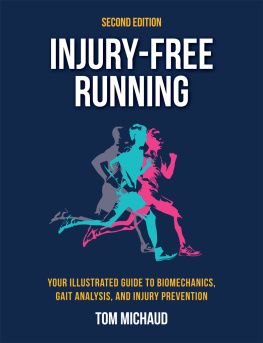
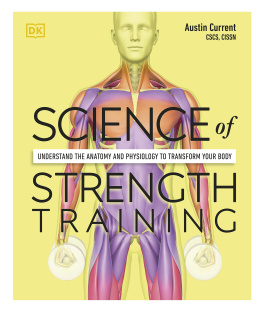
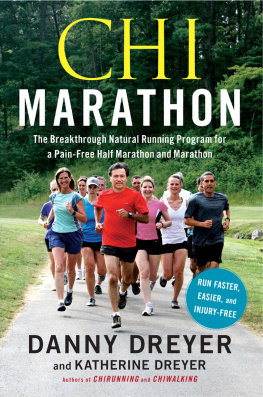
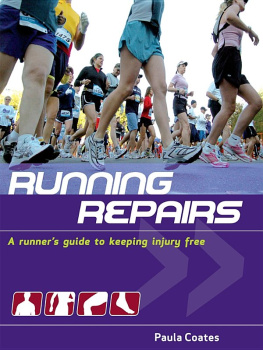

 002-003_Title.indd 2 19/09/2019 11:12
002-003_Title.indd 2 19/09/2019 11:12  SCIENCE of ANALYSE YOUR TECHNIQUE, PREVENT INJURY, REVOLUTIONIZE YOUR TRAINING RUNNING Chris Napier, PhD 002-003_Title.indd 3 19/09/2019 11:12
SCIENCE of ANALYSE YOUR TECHNIQUE, PREVENT INJURY, REVOLUTIONIZE YOUR TRAINING RUNNING Chris Napier, PhD 002-003_Title.indd 3 19/09/2019 11:12  Senior Editor Salima Hirani Senior Designer Clare Joyce Project Editor Shashwati Tia Sarkar Project Art Editor Philip Gamble CONTENTS Editor Megan Lea Designer Alison Gardner Editorial Assistant Kiron Gill Producer, Pre-Production David Almond Producer Francesca Sturiale Jacket Designer Amy Cox Jacket Co-ordinator Lucy Philpott Senior Editor Alastair Laing Managing Editor Dawn Henderson Managing Art Editor Marianne Markham Art Director Maxine Pedliham Publishing Director Mary-Clare Jerram Illustrations Arran Lewis First published in Great Britain in 2020 by Dorling Kindersley Limited, 80 Strand, London, WC2R 0RL Imported into the EEA by Dorling Kindersley Verlag GmbH. Arnulfstr. 124, 80636 Munich, Germany Copyright 2020 Dorling Kindersley Limited A Penguin Random House Company 10 9 8 7 6 5 4 3 2 1 001315326Feb/2020 All rights reserved. No part of this publication may be reproduced, stored in or introduced into a retrieval system, or transmitted, in any form, or by any means (electronic, mechanical, photocopying, recording, or otherwise), without the prior written permission of the copyright owner. A CIP catalogue record for this book is available from the British Library. ISBN: 978-0-2413-9451-9 Printed and bound in China.
Senior Editor Salima Hirani Senior Designer Clare Joyce Project Editor Shashwati Tia Sarkar Project Art Editor Philip Gamble CONTENTS Editor Megan Lea Designer Alison Gardner Editorial Assistant Kiron Gill Producer, Pre-Production David Almond Producer Francesca Sturiale Jacket Designer Amy Cox Jacket Co-ordinator Lucy Philpott Senior Editor Alastair Laing Managing Editor Dawn Henderson Managing Art Editor Marianne Markham Art Director Maxine Pedliham Publishing Director Mary-Clare Jerram Illustrations Arran Lewis First published in Great Britain in 2020 by Dorling Kindersley Limited, 80 Strand, London, WC2R 0RL Imported into the EEA by Dorling Kindersley Verlag GmbH. Arnulfstr. 124, 80636 Munich, Germany Copyright 2020 Dorling Kindersley Limited A Penguin Random House Company 10 9 8 7 6 5 4 3 2 1 001315326Feb/2020 All rights reserved. No part of this publication may be reproduced, stored in or introduced into a retrieval system, or transmitted, in any form, or by any means (electronic, mechanical, photocopying, recording, or otherwise), without the prior written permission of the copyright owner. A CIP catalogue record for this book is available from the British Library. ISBN: 978-0-2413-9451-9 Printed and bound in China. 004-005_Contents_and_Imprint.indd 5 25/09/2019 19:11
004-005_Contents_and_Imprint.indd 5 25/09/2019 19:11  FOREWORDRunning is easy. You just put one foot in front of protection against depression, anxiety, and the other and go. So why learn the science behind dementia. Social interaction through running it? When you scratch the surface, you find there groups and involvement in group events such is more to this biomechanical and physiological as Parkrun also improves wellbeing. phenomenon than meets the eye. familiarizing yourself with the science behind running In fact, certain injuries are associated specifically can help you achieve your goals and take more with running, runners knee being one example. pleasure in a sport that millions enjoy worldwide. pleasure in a sport that millions enjoy worldwide.
FOREWORDRunning is easy. You just put one foot in front of protection against depression, anxiety, and the other and go. So why learn the science behind dementia. Social interaction through running it? When you scratch the surface, you find there groups and involvement in group events such is more to this biomechanical and physiological as Parkrun also improves wellbeing. phenomenon than meets the eye. familiarizing yourself with the science behind running In fact, certain injuries are associated specifically can help you achieve your goals and take more with running, runners knee being one example. pleasure in a sport that millions enjoy worldwide. pleasure in a sport that millions enjoy worldwide. Regular running is associatedwith many health benefits thatFOREWORDimprove quality of life you know which exercises target the key muscle groups used in running.
Regular running is associatedwith many health benefits thatFOREWORDimprove quality of life you know which exercises target the key muscle groups used in running. SCIENCE OF RUNNINGINTRODUCTIONWhen it comes to running, a little knowledge can take you a long way towards enhancing performance and preventing injury.
SCIENCE OF RUNNINGINTRODUCTIONWhen it comes to running, a little knowledge can take you a long way towards enhancing performance and preventing injury.